We’ve Got the Lowdown on Your Fireplace’s Anatomy
Do you hear sweeps talk about dampers, caps, crowns, fireboxes, and more, but find yourself with little to no clue of what these parts are, where they go, and how they work? You’re not alone. That’s why we’ve compiled a brief rundown of the main components of your fireplace and chimney for our customers throughout Centereach and more.
Your Fireplace’s Parts Explained
- Firebox: The firebox is where your fires are actually built in a wood fireplace or where the flames are hosted in a gas system. Fireboxes are built to withstand extremely high temperatures, so that they don’t wear down due to their consistent exposure to flames.
- Smoke Chamber: The smoke chamber is the area above the firebox. It funnels the smoke and fumes safely up into your fireplace flue, so that they don’t simply build up and bounce back down into your firebox and home.
- Chimney Flue: The flue is the tunnel through which your fireplace fumes travel, so that they can safely exit your household.
- Chimney Liner: The liner is the part of your system that protects the inside of the flue and ensures heat and toxins can’t get to any other parts of your home or system.
- Chimney Crown: The chimney crown sits at the top of your chimney, and it slopes slightly to ensure rain, sleet, and snow move off, out, and away from your structure as a whole. These play a big role in keeping your masonry better protected.
- Chase Cover: The chase cover is essentially the crown for the prefabricated system. Rather than protect a masonry chimney, it protects your wooden chimney chase.
- Chimney Cap: The chimney cap covers the opening at the top of your flue, preventing water, animals, trash, and any other debris from entering the system and causing clogs. It also stops stray sparks from landing on your roof and prevents downdrafts from swooping through your home.
- Damper: Chimneys should have either a throat damper (located above the firebox) or a top-sealing damper (located at the top of the chimney). The damper opens when the fireplace is in use to let out smoke and fumes, then closes when it’s not in use to keep downdrafts and debris from entering the firebox.
- Flashing: Flashing are the metal sheets that seal the area where the roof and chimney meet. Since this spot is highly susceptible to water infiltration, covering it tightly is a must.
More Questions? Give Us a Call
We’ve covered the basics here, but if you have any more questions about the parts of your chimney (or how they work) please reach out by calling us at 631-738-0005 today. Or, if you’d like to book an appointment, feel free to schedule online. We can’t wait to hear from you!
If you have questions about stoves and their accessories, we have answers in our library, so take a look now.
